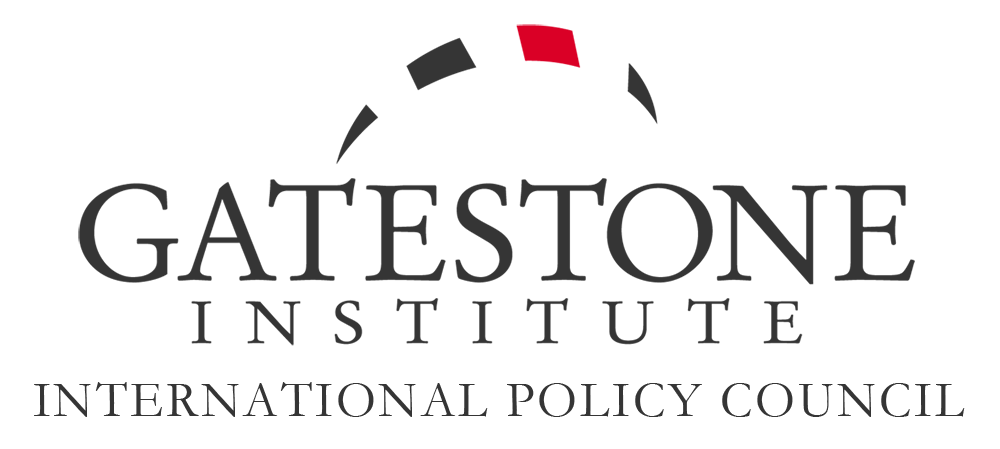A Quick Look at the 21st Century So Far
by Drieu Godefridi • February 9, 2024 at 5:00 am
If you add to this the European Union's obsession with the environment, which has become little more than a machinery for imposing constraints, vexations, punishments and taxes in the name of "energy transition", it appears that stagnation is a problem from which Europe might have the greatest difficulty in freeing itself.
China talks tough about Taiwan, but seems leery of using its considerable military force if it can count on the US failing to respond.
Above all, the Chinese regime is a ruthless dictatorship in which people and their property disappear, and there are no mechanisms for peaceful reform.
If there is a single element of the American system that Europe should replicate, it is this flexibility in the labor market.
Will that never happen? No, of course not. That is why Europe will continue to stagnate, while America, despite all its current difficulties, opens up the way of the future.
If the economic and geopolitical facts examined here are anything to go by, the 21st century will be more American than ever.

We are not quite a quarter of the way into the 21st century, but already a few clear structural trends have emerged, even if it is impossible to predict the next "black swans" -- radically unpredictable events with far-reaching consequences – that might occur. Here are four of the trends.

